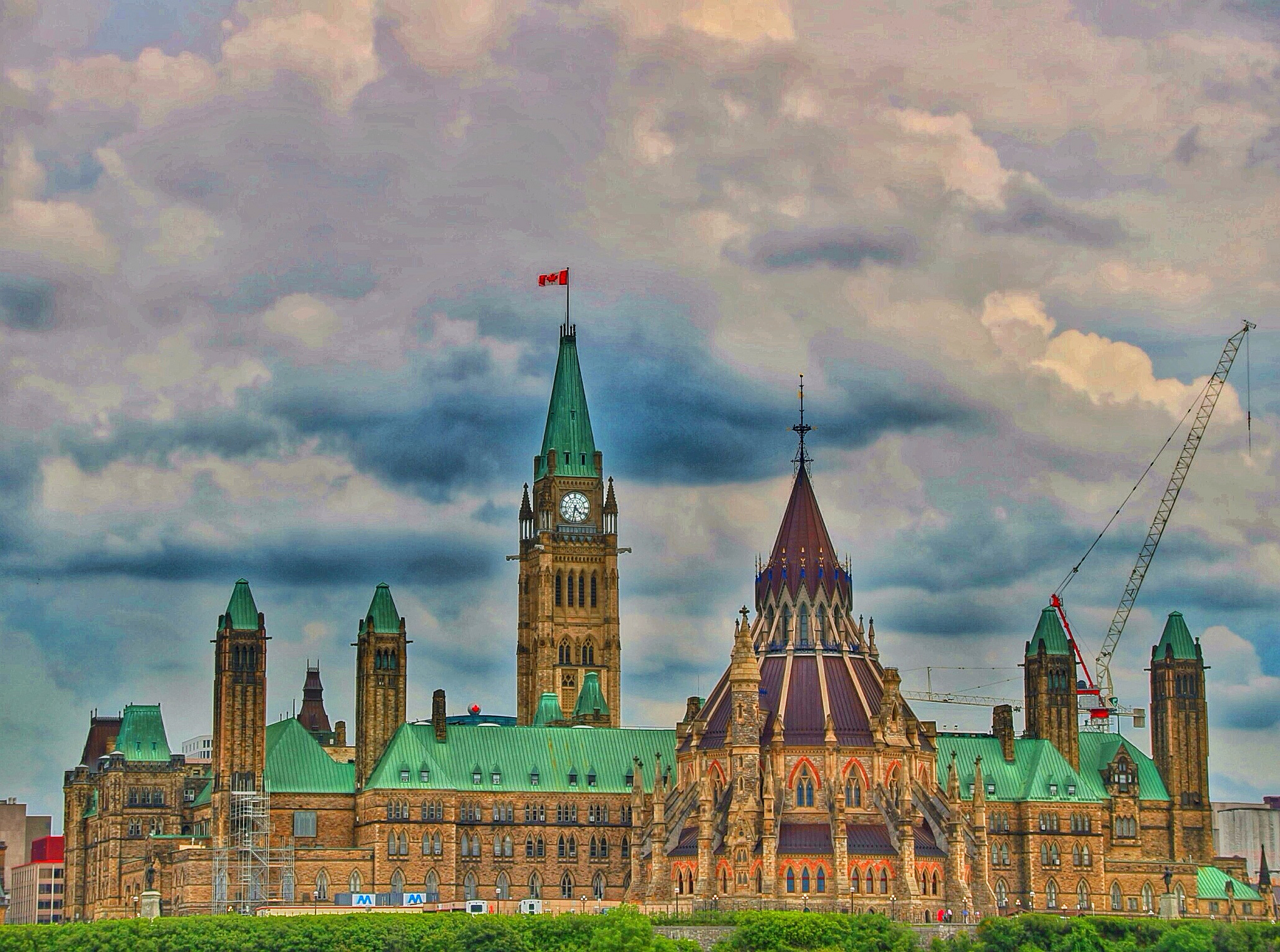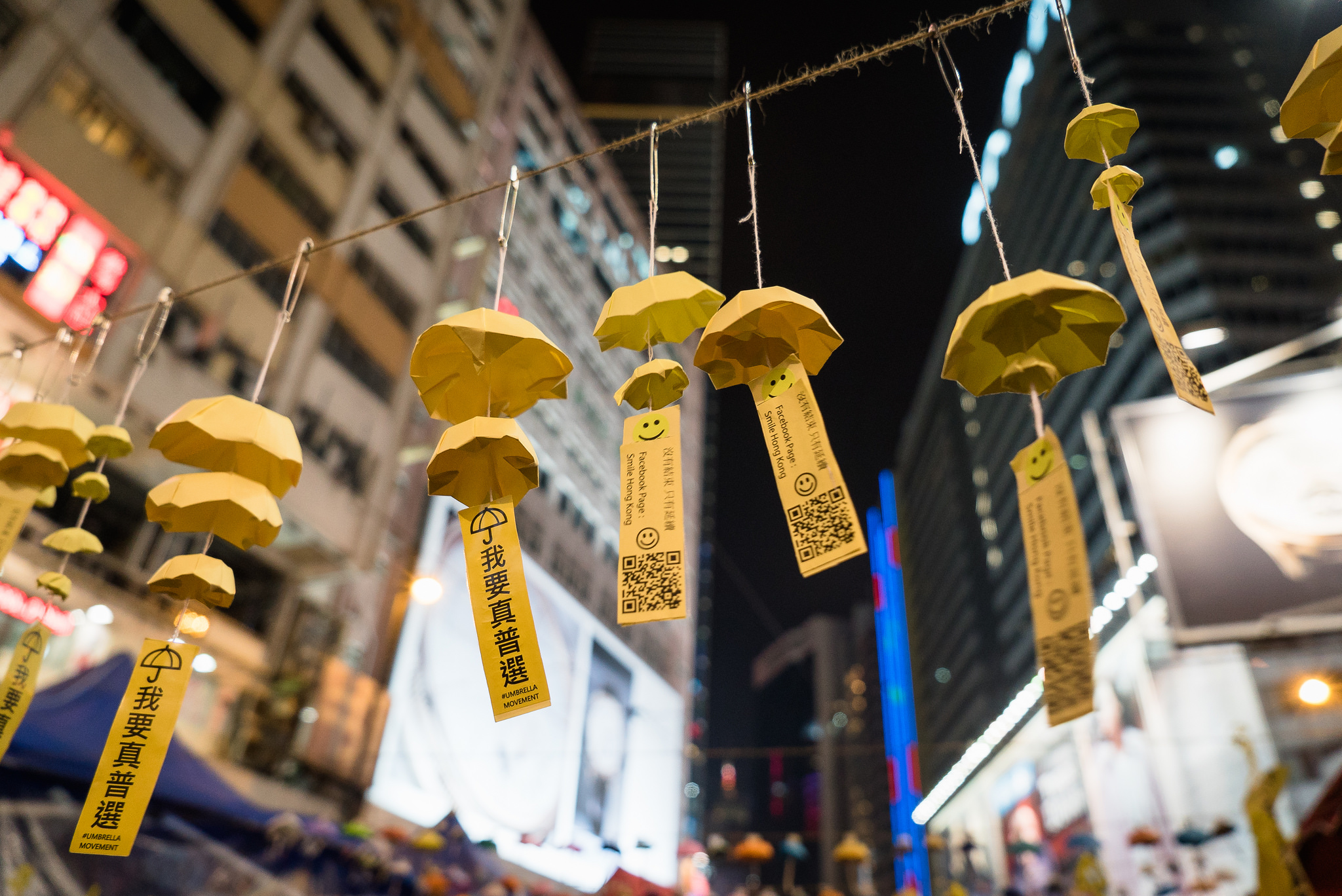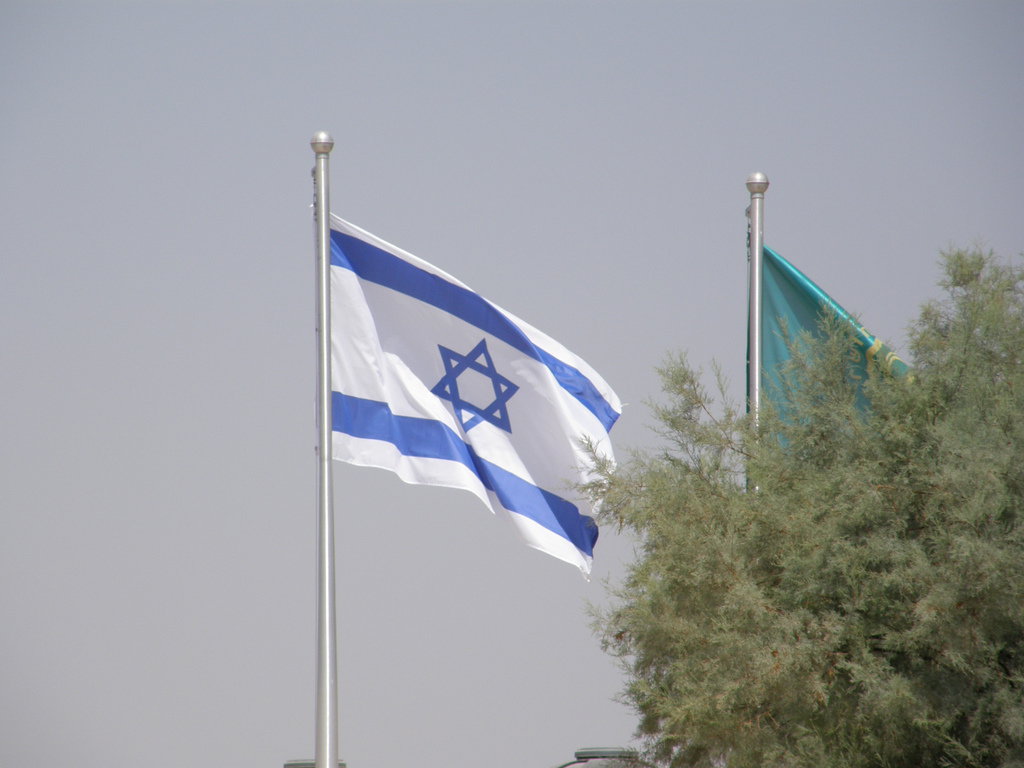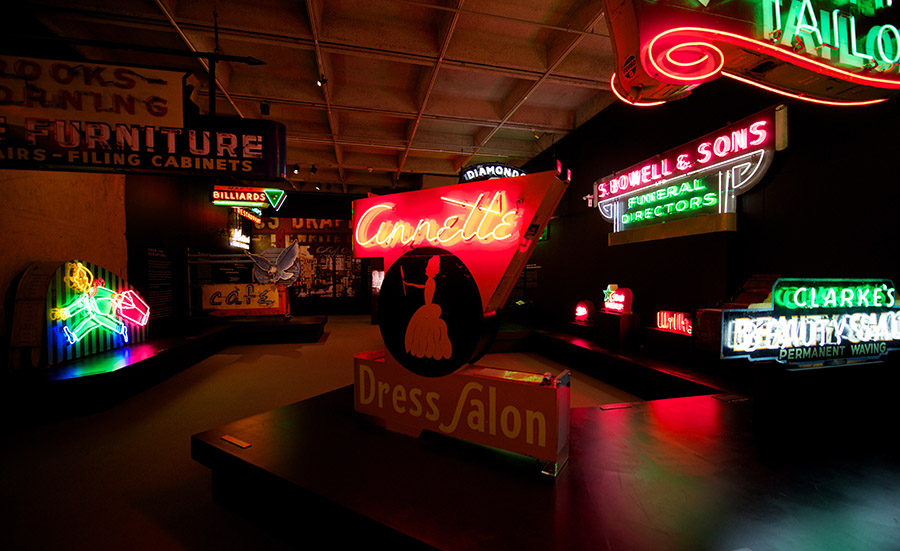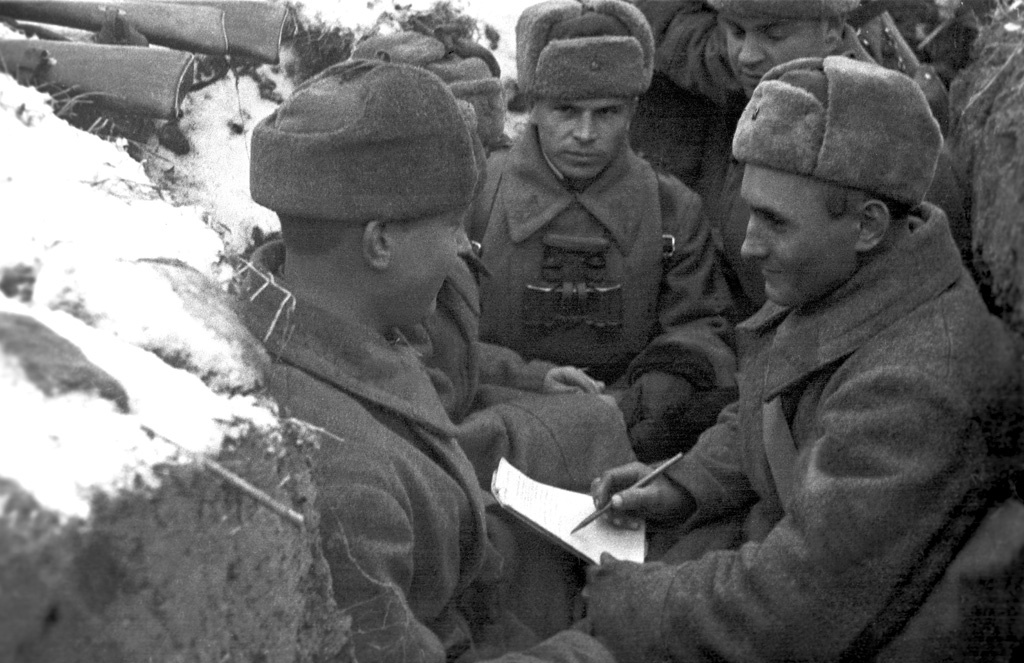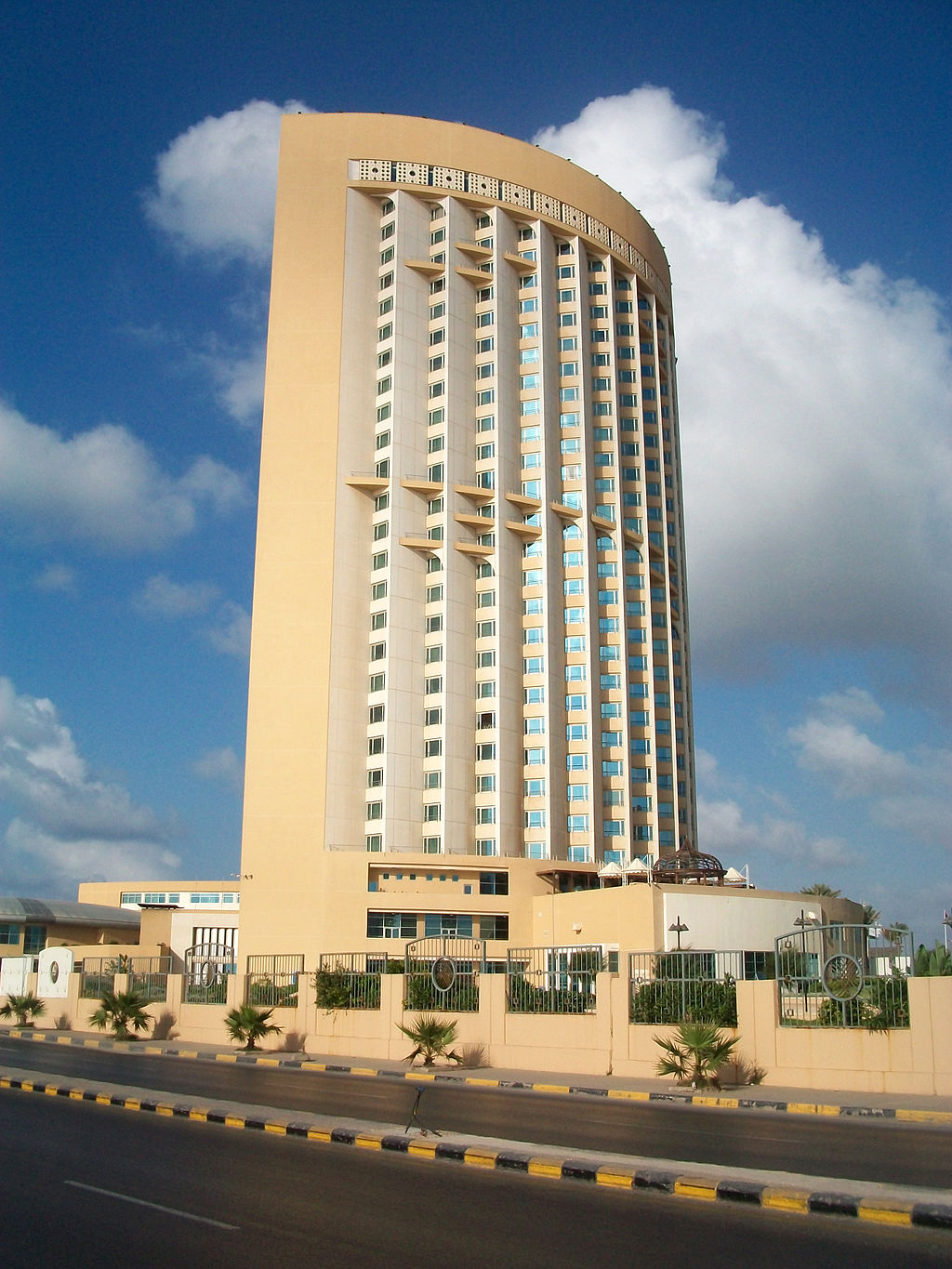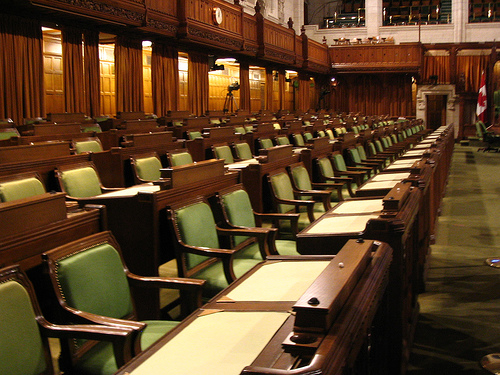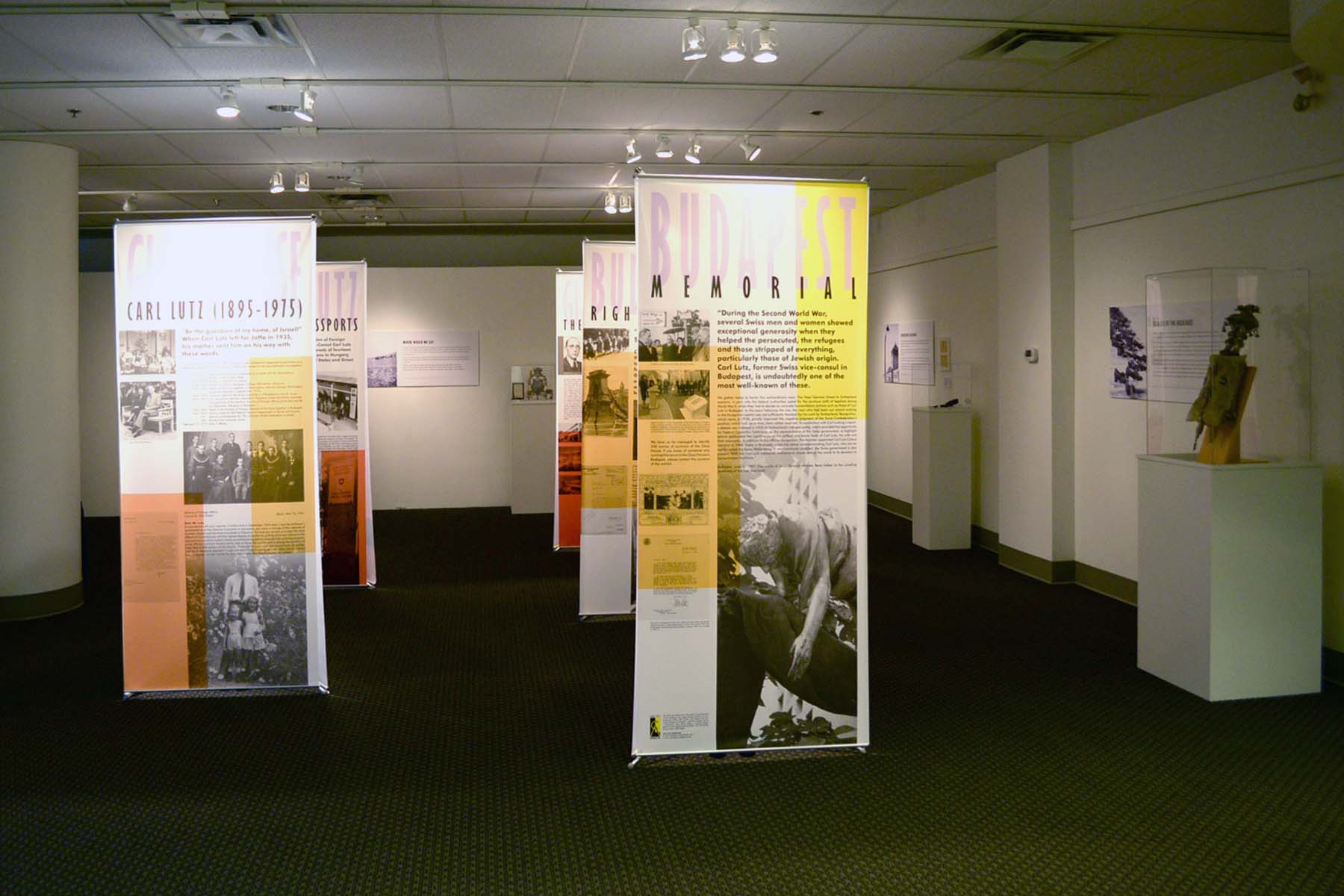To vaccinate or not to vaccinate is a choice which is undoubtedly the right of every person in the “free world.” Yet, when the discussion of the anti-vaccination movement comes up it becomes immediately obvious that we are not talking about individuals. At least not people who are able to make individual choices. Rather, we see collective asininity, new forms of group-think, and irrational mob-parentage.
The measles outbreak which has made headlines across the United States and in Canada has been worrying those of us whose rationality goes beyond the idea of what is “green” and what is not. Those of us who have an infinitesimal amount of knowledge of basic 6th grade science are able to discern that not vaccinating your children is a bad thing. History is our proof.
Prior to the invention of the vaccine, people were dying, and they were dying in egregious numbers. The number of children affected by polio, influenza, and who knows what other ghastly pestilence before the vaccine was exceptionally worrying. People actually died. Many children would not see the age of 10.
Parents in those days also lived in fear, yet they did not live in fear of a scientifically inconclusive study that vaccines might have a side effect, whose rarity is so wide it is laughable. No. They lived in real fear that something like a fever could kill their son or daughter. They, whose level of education was probably lower than the average person today, lived in reality, while parents today live in asinine foolishness.
Yet what could account for such lack of reason? Collective mentality, not so different from the environmental movement, vegans, and so on. In fact many of these parent put their children at serious risk, only to feel welcomed part of some sort of perverse community where parents just “know better” not to vaccinate their children.
When you ask these people the simple question of “Why?” they will give you the same reasons in repetition. They are in an essence unable to think for themselves, but follow some sort of trend believing that they are doing their children good. Not so different how the mysticism in a community in Canada led to the death of a child because they refused chemotherapy, and rather took on “natural” forms of medicine.
The irony behind all of this is that we live in an age where anyone can access studies by scientists and doctors, yet so many people chose irrationality over reason, they choose collective bromides over individual thought. The fact that they are able to make such choices puts them amid those who are lucky enough to do so, all the while thousands die of influenza in some African countries, would they opt out from a chance to save their children?
Once reality hits, these “health-conscious” parents and children will begin to get sick — something which is already happening, and the most unthinkable — and as children begin to die as a result of their need to “feel welcomed” by the mob or “feel” as they are part of some greater collective group. perhaps they might see the error of their ways. This is a conflict of delusion, and reality.
Rant by Milad Doroudian
Image By NIAID

